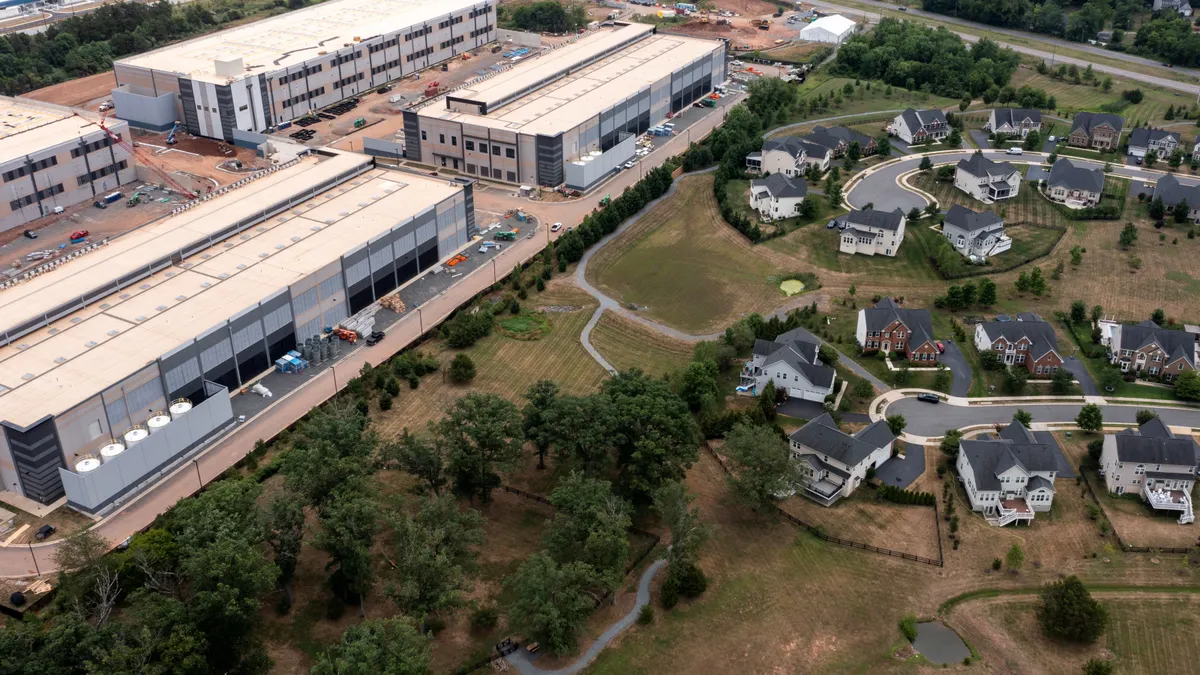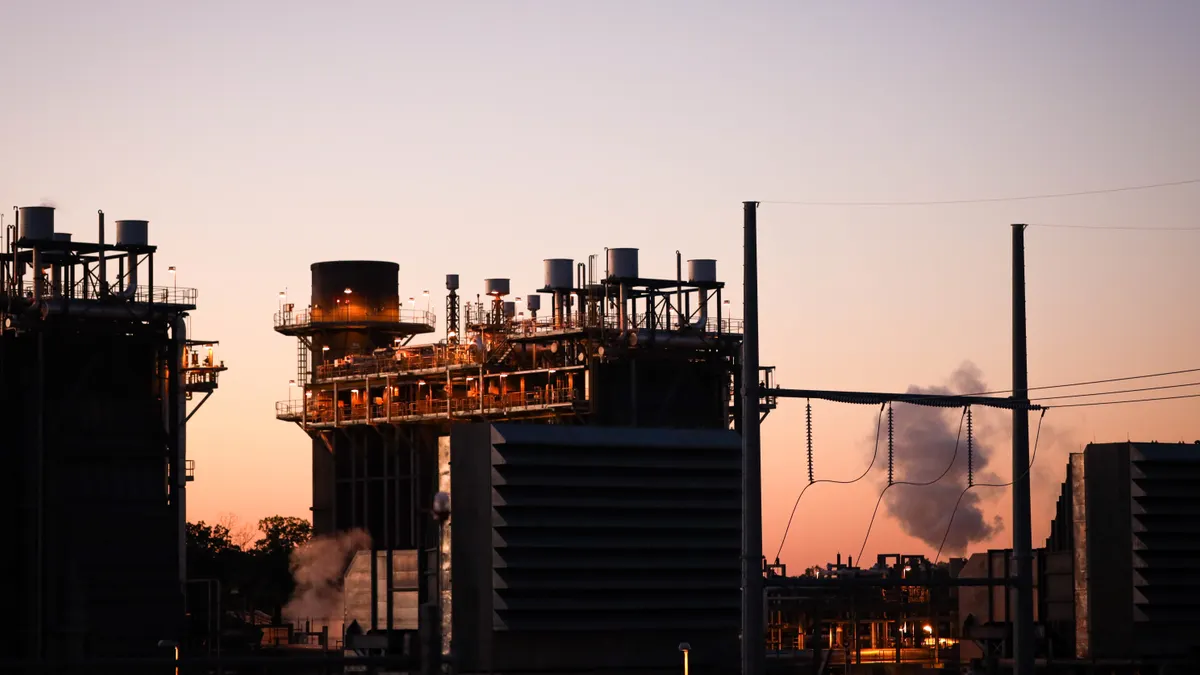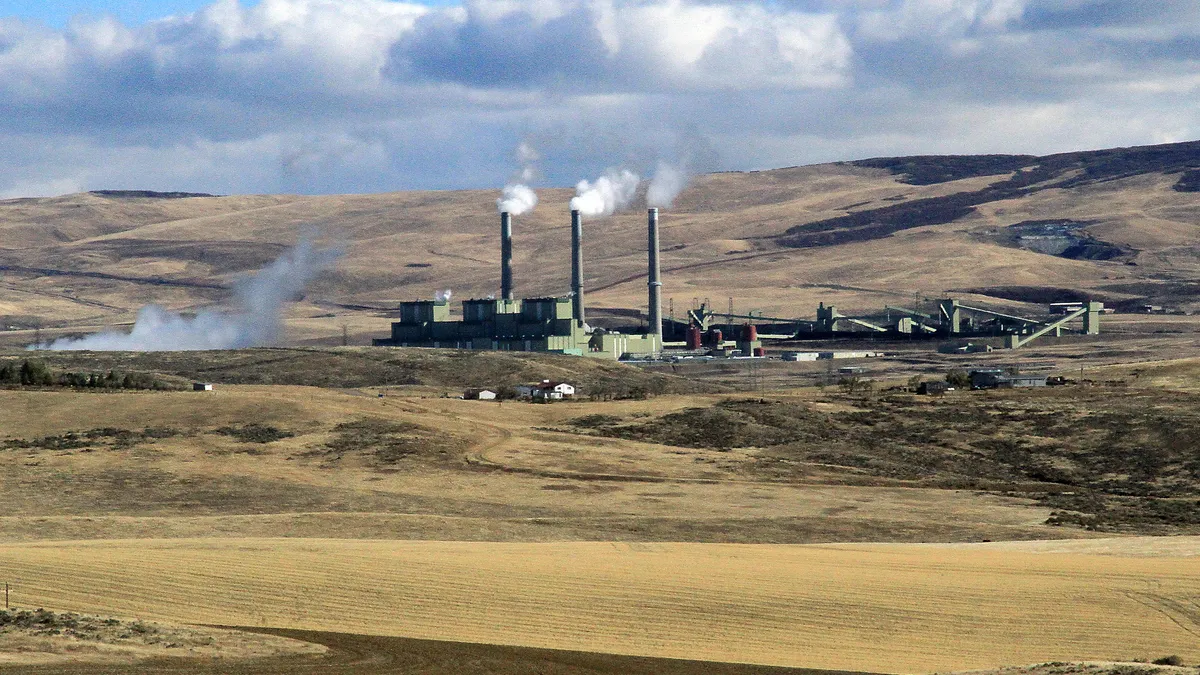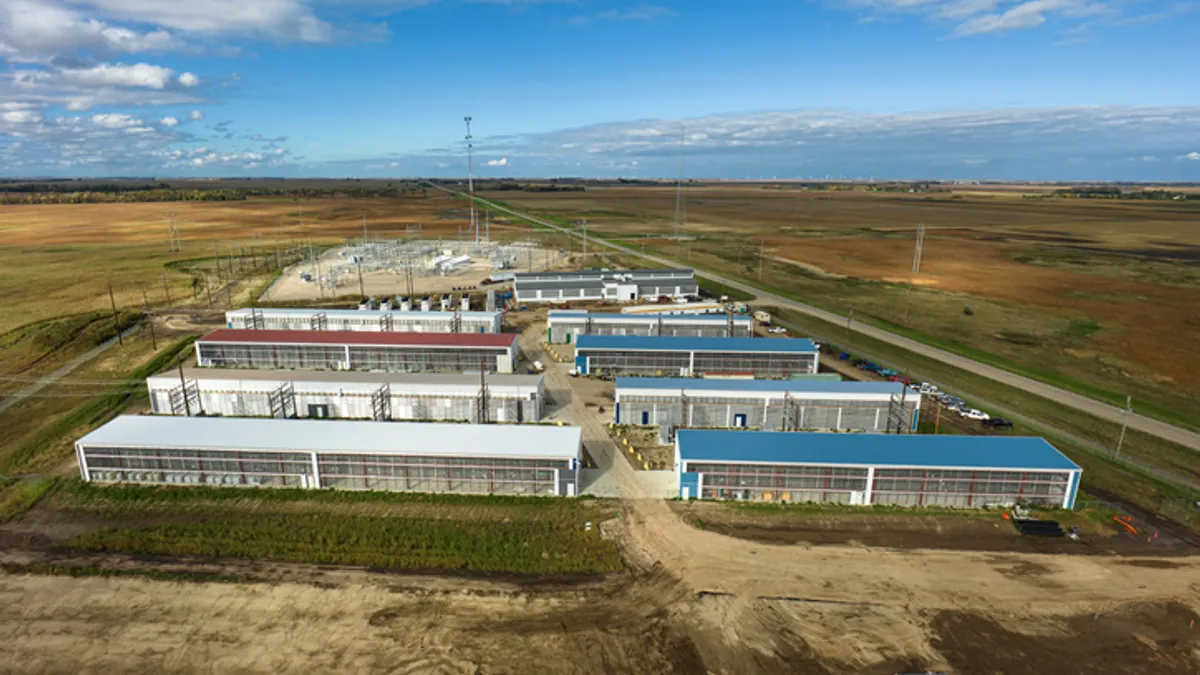At its best, a traditional electric rate case is a drawn-out affair. At worst, it's a contentious beast of a proceeding with opposing groups struggling through complicated issues.
And that's just how it's been done traditionally. But what happens when the technology, generation mix and regulatory directives all change?
Rethinking the rate case
Increasing penetrations of distribution generation and other technologies are changing the rate-case landscape faster than stakeholders can keep up.
This is the situation facing many utilities today. But it is perhaps being felt most acutely in California, where the state is at the leading edge of distributed generation and other emerging energy technologies. California is staring down a daunting set of clean energy goals, including one that mandates all new residential construction shall be net-zero energy by 2020.
"The proceedings are typically going longer than expected," Gabe Petlin, regulatory analyst at the California Public Utilities Commission (CPUC), told Utility Dive. "I think that's the general trend. The cases are complex and there are a lot of complex issues."
"From the utility perspective, the regulatory process is a long one," Chris Yunker, rates and analysis manager for San Diego Gas & Electric (SDG&E), said in an interview. "2020, in our view, is not that far away."
The Smart Home Rate
SDG&E's service territory includes about 3.4 million people, 10,000 electric vehicles and some 40,000 rooftop solar systems. The utility has begun experimenting with time-of-use pricing and dynamic price signals, which made it a natural fit for Rocky Mountain Institute's e-Lab Accelerator. The accelerator aims to "support and advance innovative work at the distribution edge of the electricity system," according to their website.
In early March, SDG&E's Yunker and CPUC's Petlin were part of a team that tried to conceptually work out what factors should be included in new pricing strategies to accurately reflect the cost and benefit of distributed generation resources. The team also included members from Google, Environmental Defense Fund and Sunverge Energy, which develops distributed energy management systems.
"We started looking at these things, getting a common understanding of where we want to go sooner rather than later," Yunker said.
The team teased out the conceptual beginnings of a rate structure that included:
- tariffs allowing customers to buy or sell services to and from the grid
- sufficiently unbundled options designed to sync with evolving technology
- a pricing structure that took into account the time and location of power
- options allowing customers to keep things simple
- the ability to meet state and federal emissions reductions goals
"It's more theoretical in nature," Yunker said. "It's kind of like stakeholder outreach. If we know we have to go there at some point, what would it look like? The regulatory path is a very long one. The greater understanding and communication that can happen early on makes that process easier down the line."
Components of the structure included a monthly service fee to cover meter costs and a customer contact center, as well as a day-ahead hourly pricing signals that would communicate to customers how best to manage their consumption.
Common ground
Yunker stressed that the sketch of the rate plan was largely theoretical and noted "the discussion was not framed as a negotiation but as a dialogue." The "Smart Home Rate" that the group began to develop is not destined for any rate proceeding right now and would be optional or experimental to start.
But that allowed the distinct groups to focus on what they had in common, Yunker said.
"The Sunverges and the Googles and those types of tech companies are really focused on how we help customers lower their bills," he said. "If we want to minimize construction of new power plants" — a goal environmental groups back as well — "then we need to get customers to respond in a way that will allow us to send an accurate price signals."
The spread of distributed generation will help, as will increased customer access to technology that can signal when consumption should be reduced or when prices spike. "Technology can do these things and it's getting better and better," Yunker said. "But there's no price signal out there yet encourage that type of behavior right now."
Developing that price signal means finding common ground and, according to CPUC's Petlin, the challenge lies in getting agreement on how best to account for the cost and benefit of distributed generation.
"We recognize that these technologies do produce benefits but they also produce costs," he said. "Utilities are providing a service and should be fairly compensated, as should a customer who is providing energy resources. They should also pay for the resources and structure they use."
The future of rate cases
The duration of a rate proceeding in California is capped at 18 months from the time an administrative law judge issues a scoping memo. If you include time leading up to that, perhaps initial applications or hearings, proceedings can stretch two years — with potential extensions.
So will a workshop like RMI's e-Labs Accelerator speed the process by finding necessary common ground earlier?
"I don't think it will reduce the time of rate cases," Petlin said. "They are, in and of themselves, complicated proceedings. And given the development of new technologies and accounting procedures in assessing distributed energy resources, they are likely to get more complicated."
The group had a follow-up meeting in June and there is a conference call scheduled for September. No specific deliverables have been formalized, Petlin noted, but a white paper and workshop are both being considered.






















